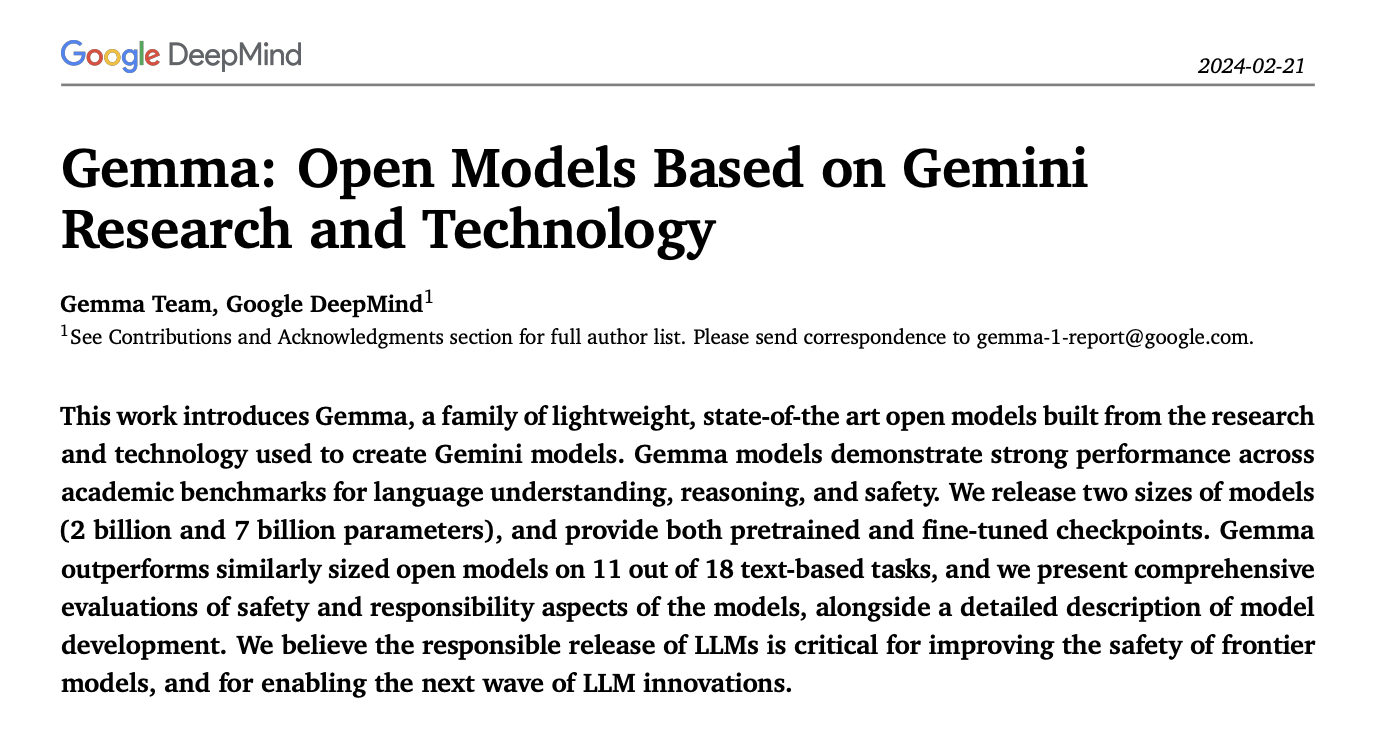A Comprehensive Guide to Laptop-friendly Gemma
Gemma falls in the category of foundation models such as text-to-image, text-to-code and speech-to-text. Foundation models are large-scale neural network architectures trained on vast amounts of data to understand and generate human-like outputs. These models serve as the backbone or foundation upon which more specific natural language processing (NLP) tasks and applications can be built. Gemma is a family of lightweight, open models built by the same brain behind Google’s innovative Gemini models. It is a groundbreaking addition to Google’s array of AI models. Gemma has been pre-trained on a diverse range of text corpora, such as web documents, codes, and mathematics, enabling the model to handle a wide variety of different tasks and text formats.Google released a laptop-friendly open AI based on Gemini technology that can be used to create content generation tools and chatbots. According to an analysis by an Awni Hannun, a machine learning research scientist at Apple, Gemma is optimized to be highly efficient in a way that makes it suitable for use in low-resource environments. Hannun observed that Gemma has a vocabulary of 250,000 (250k) tokens versus 32k for comparable models. The importance of that is that Gemma can recognize and process a wider variety of words, allowing it to handle tasks with complex language. His analysis suggests that this extensive vocabulary enhances the model’s versatility across different types of content. He also believes that it may help with math, code and other modalities. It was also noted that the “embedding weights” are massive (750 million). The embedding weights are a reference to the parameters that help in mapping words to representations of their meanings and relationships. An important feature he called out is that the embedding weights, which encode detailed information about word meanings and relationships, are used not just in processing input part but also in generating the model’s output. This sharing improves the efficiency of the model by allowing it to better leverage its understanding of language when producing text. For end users, this means more accurate, relevant, and contextually appropriate responses (content) from the model, which improves its use in content generation as well as for chatbots and translations.




